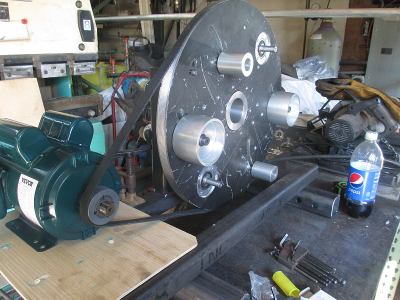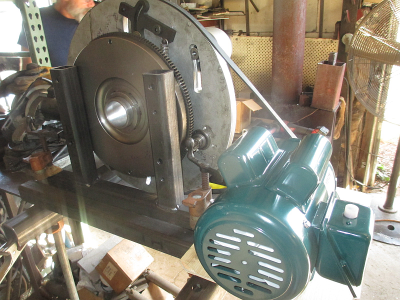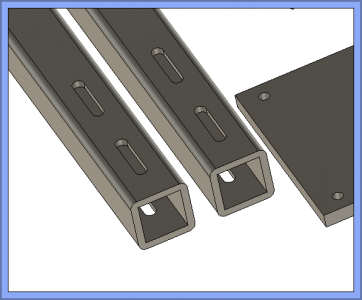Here is an example of over engineering and still getting it wrong.
The goal is to be able to lock the position of the 4'' idler roller to adjust the sanding belt gap for different size parts. The machine is designed to be adjustable for about 3/8'' to 2 1/4'' tubes. The adjuster is a T-nut that rides in a T slot in the disk. Loosen the screw, slide to position and tighten to lock in place.
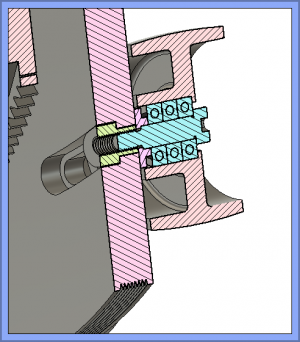
I designed the aluminum spacer to act both as a clamp to lock against the main disk and provide running clearance for the roll bearings. I started to assemble that part and realised that I was going to be putting a lot of pressure on a very narrow flange inside the spacer. (the red area inside the spacer) This would have lasted about 5 minutes if it worked at all. Not to mention this was a bit hard to build and hold tolerance.
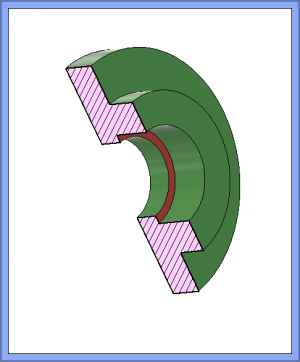
Wrong material, too soft, and would not transfer the clamping force to the disk. So a quick trip to the hardware store and pick up a extra thick hardened (RC-43) washer. It turns out that the 5/16 washer (red) is a perfect fit for the 10mm threads on the shoulder screw, a tight slip fit. Then turn a spacer (blue) as shown in the bottom illustration. Now I have something that will actually work and is a lot easier to build. Sometimes the simple solutions are the best.
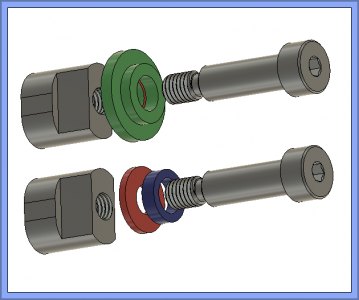
Next item:
How to attach the pinion gears to the the shafts? TIG welding was my first thought, but I really didn't like the idea of welding on the shaft. It really doesn't take much to hold them so I decided to glue them together. I had a tube of LocTite 660 and primer from another project and it seems to be quite robust in this type of application.
LOCTITE 660 is a high strength retaining compound with good gap filling properties, ideal for repairing worn-out seats, keys, splines, bearings or tapers without remachining.

www.henkel-adhesives.com
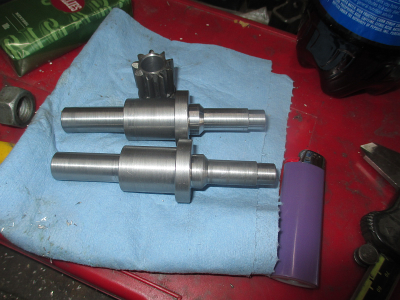
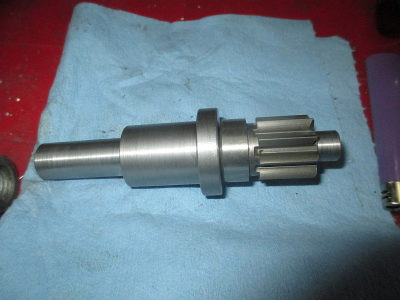
We'll see how this works out. If they come loose, I can always TIG weld them later.
I pretty much have the parts for the disk made and assembled, so maybe today I will get the main frame welded together. Then it's just a matter of mounting the motor and testing it. I think I'll put the forklift between me and the rotating parts just in case it all goes horribly wrong.



More pictures later.








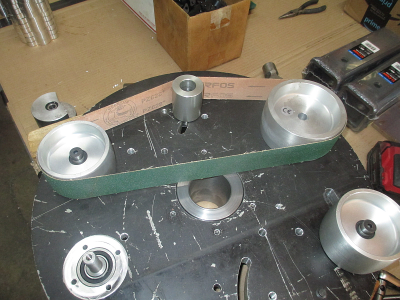
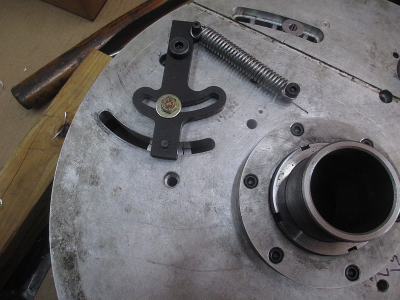
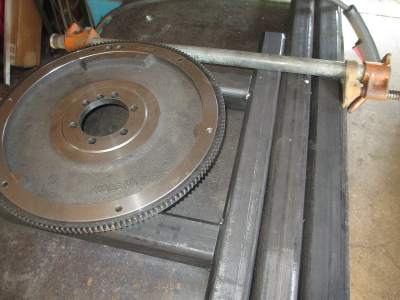
 Hey, it was a cheap motor.
Hey, it was a cheap motor. 
